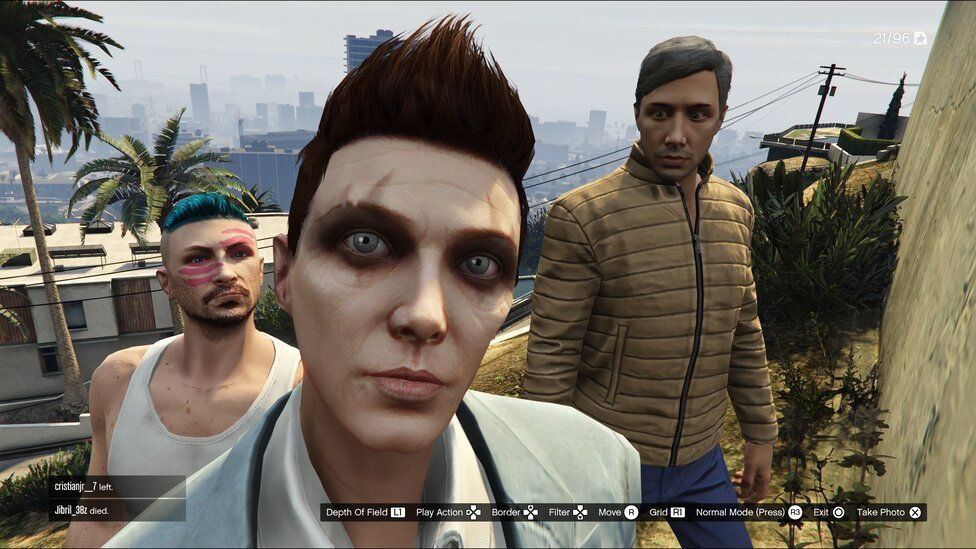Rewind & Play
- Brock Kingsley
- Apr 30, 2023
- 3 min read
Updated: Jan 9, 2024
Alain Gomis' documentary of found footage proves a subtle tribute to Thelonious Monk

Rewind & Play is more lyric essay than it is jazz documentary. It uses rushes and outtakes from an interview Thelonious Monk did with Henri Renaud for the French television program Jazz Portrait. Monk was wrapping up his 1969 European tour with a performance at the Salle Pleyel in Paris. Before that performance, he was invited onto he show to perform and answer questions in an intimate studio setting. The interview took place roughly six years after Monk was featured on the cover of Time magazine under the headline “Jazz: Bebop and Beyond.” A year later, Monk would stop making music.
Directed by the French-Senegalese filmmaker Alain Gomis, Rewind & Play best use of the discovered footage is to show a side of Monk that, one can imagine, few ever saw. He engages in conversation at a bar, he is a bit quirky, sure, but his is affable, gentle, and kind. When he sits at the piano in the studio, he seems at home. The footage also shows a portrait of Renaud—a jazz pianist turned record producer turned music executive—who wants to wear the costume of a pseudo-intellectual who can at once reveal something heretofore unknown about Monk and shine a light on his own perceived insightfulness. On one hand we are shown an interview that turns cringe for reasons of personal and racial arrogance. On the other, we see a genius depiction of a man at work.

Monk tries his best to answer, with honesty and depth, some of Renaud’s more banal questions about his wife Nellie, about being “avant-garde”—often that honesty is ignored and Renaud just appears dissatisfied. He asks for take after take, unable to follow Monk or improvise when Monk goes off what must’ve been Renaud’s imagined script. He tries to provoke Monk, telling him how his music was misunderstood by French audiences years earlier. In a passive-aggressive way, he seems to blame Monk for that misunderstanding. Monk, in turn, speaks about maltreatment, his low pay despite being used to promote the show.
In a moment that serves as a microcosm for the film, Renaud tells his producer they can’t use this response, that what Monk said was derogatory. As if Monk should be thankful for what they are doing here in this interview. He tells Monk, “It’s not nice.” Monk seems bemused, stays calm, and with a sly grin says, “It’s not nice?” As if to say but it’s the truth; and I can give you plenty more truths that are not nice. This kind of gaslighting—of which we see plenty of in our present day—serves as a quiet violence: a dismissiveness that seeks to obliterate the thoughts and voice of a perceived “other.” In the final televised program, Monk speaks a total of eight words.
But Rewind & Play isn’t a piece of payback or a reclamation project. The film will continue to enthrall because it will continue to remain something wondrous to watch Monk find his voice through his compositions over and over again. His fingers incantatory on the keys, his right foot dancing a rhythm on the pedals.
Brock Kingsley is a writer, artist, critic, and educator living in Fort Worth, Texas. His work has appeared in publications such as Brooklyn Rail, Paste Magazine, Tahoma Literary Review, Waxwing, and elsewhere. He is a regular contributor at the Chicago Review of Books.



Comments